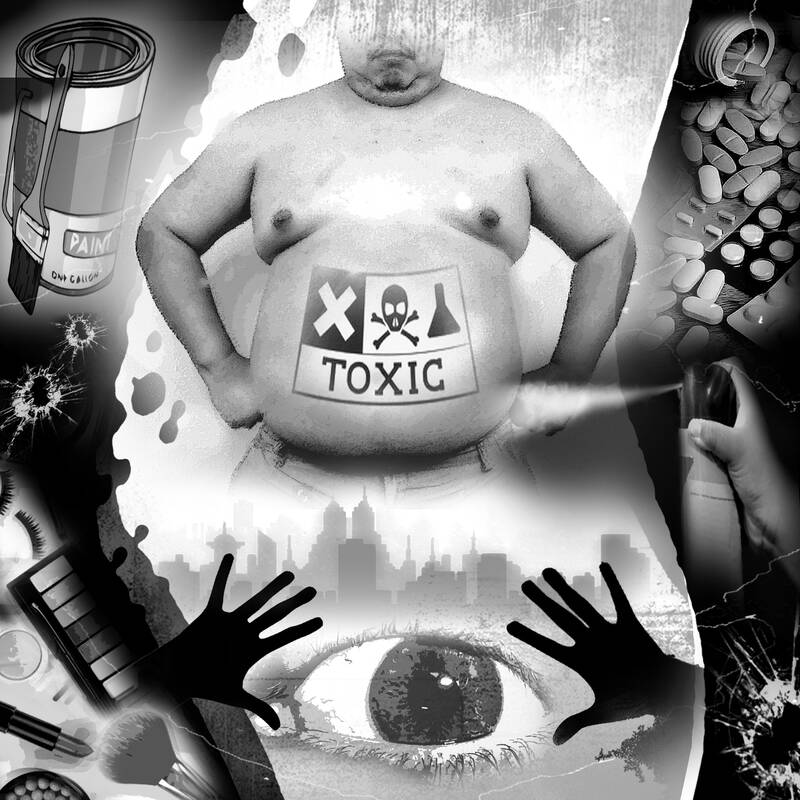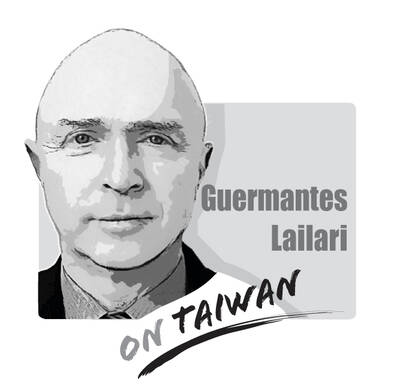The global obesity epidemic is getting worse, especially among children, with rates of obesity rising over the past decade and shifting to earlier ages. In the US, about 40 percent of today’s high-school students were overweight by the time they started high school. Globally, the incidence of obesity has tripled since the 1970s, with 1 billion people expected to be obese by 2030.
The consequences are grave, as obesity correlates closely with high blood pressure, diabetes, heart disease and other serious health problems. Despite the magnitude of the problem, there is still no consensus on the cause, although scientists do recognize many contributing factors, including genetics, stress, viruses and changes in sleeping habits.
Of course, the popularity of heavily processed foods — high in sugar, salt and fat — has also played a role, especially in Western nations, where people on average consume more calories per day now than 50 years ago. Even so, recent reviews of the science conclude that much of the huge rise in obesity globally over the past four decades remains unexplained.

Illustration: Kevin Sheu
An emerging view among scientists is that one major overlooked component in obesity is almost certainly the environment — in particular, the pervasive presence of chemicals that, even at very low doses, disturb the normal functioning of human metabolism, upsetting the body’s ability to regulate its intake and expenditure of energy.
Some of these chemicals, known as “obesogens,” directly boost the production of specific cell types and fatty tissues associated with obesity. Unfortunately, these chemicals are used in many of the most basic products of modern life, including plastic packaging, clothes and furniture, as well as cosmetics, food additives, herbicides and pesticides.
Ten years ago, the idea of chemically induced obesity was something of a fringe hypothesis, but not anymore.
“Obesogens are certainly a contributing factor to the obesity epidemic,” Bruce Blumberg, an expert on obesity and endocrine-disrupting chemicals at the University of California, Irvine, told me by e-mail. “The difficulty is determining what fraction of obesity is related to chemical exposure.”
Importantly, recent research demonstrates that obesogens act to harm individuals in ways that traditional tests of chemical toxicity cannot detect. In particular, consequences of chemical exposure might not appear during the lifetime of an exposed organism, but can be passed down through so-called epigenetic mechanisms to offspring even several generations away.
A typical example is tributyltin (TBT), a chemical used in wood preservatives, among other things. In experiments exposing mice to low and supposedly safe levels of TBT, Blumberg and his colleagues found significantly increased fat accumulation in the next three generations.
TBT and other obesogens trigger such effects by interfering directly with the normal biochemistry of the endocrine system, which regulates the storage and use of energy, as well as human eating behavior. This biochemistry depends on a wide variety of hormones produced in organs such as the gastrointestinal tract, pancreas and liver, as well as chemicals in the brain capable of altering feelings of hunger. Experiments have shown that mice exposed to obesogenic chemicals before birth exhibit significantly altered appetites later in their lives, and a propensity to obesity.
OBESOGENS ABOUND
Nearly 1,000 obesogens with such effects have been identified in studies on animals or humans. They include bisphenol A, a chemical widely used in plastics, and phthalates, plasticizing agents used in paints, medicine and cosmetics. Others include parabens used as preservatives in food and paper products, and chemicals called organotins used as fungicides. Other obesogens include pesticides and herbicides, including glyphosate, which a recent study found to be present in the urine of most Americans.
A further clue that these chemicals might lie behind obesity is that the obesity crisis is also affecting cats, dogs and other animals living in proximity with people, studies have shown.
A significant rise in obesity incidence has even been noted in laboratory rodents and primates — animals raised under strictly controlled conditions of caloric intake and exercise.
Researchers believe that the only possible factors driving weight gain for these animals would be subtle chemical changes in the nature of the foods they eat, or in the materials used to build their pens.
So it is possible that humans have unwittingly saturated our living environment with chemicals affecting some of the most fundamental biochemical feedbacks controlling human growth and development. The obesity epidemic will likely persist, or grow worse, unless we can find ways to eliminate such chemicals from the environment, or at least identify the most problematic substances and greatly reduce human exposure to them.
At the very least, it will require a transformation in the way we test chemicals for their toxicity, especially the many compounds that are ubiquitous in our food, plastics, paints, cosmetics and other products.
Discoveries in epigenetics have deeply changed basic biological science and medicine over the past 15 years, but have not yet had much impact on prevailing practices for chemical safety testing. Scientists are pushing for changes, but it takes time.
Hopefully, appropriate test methods will be adopted within the next few years. If they are not, we might well struggle to make any appreciable dent in this pernicious epidemic.
Mark Buchanan is a physicist and science writer.
This column does not necessarily reflect the opinion of the editorial board or Bloomberg LP and its owners.

Chinese state-owned companies COSCO Shipping Corporation and China Merchants have a 30 percent stake in Kaohsiung Port’s Kao Ming Container Terminal (Terminal No. 6) and COSCO leases Berths 65 and 66. It is extremely dangerous to allow Chinese companies or state-owned companies to operate critical infrastructure. Deterrence theorists are familiar with the concepts of deterrence “by punishment” and “by denial.” Deterrence by punishment threatens an aggressor with prohibitive costs (like retaliation or sanctions) that outweigh the benefits of their action, while deterrence by denial aims to make an attack so difficult that it becomes pointless. Elbridge Colby, currently serving as the Under
The Ministry of the Interior on Thursday last week said it ordered Internet service providers to block access to Chinese social media platform Xiaohongshu (小紅書, also known as RedNote in English) for a year, citing security risks and more than 1,700 alleged fraud cases on the platform since last year. The order took effect immediately, abruptly affecting more than 3 million users in Taiwan, and sparked discussions among politicians, online influencers and the public. The platform is often described as China’s version of Instagram or Pinterest, combining visual social media with e-commerce, and its users are predominantly young urban women,
Most Hong Kongers ignored the elections for its Legislative Council (LegCo) in 2021 and did so once again on Sunday. Unlike in 2021, moderate democrats who pledged their allegiance to Beijing were absent from the ballots this year. The electoral system overhaul is apparent revenge by Beijing for the democracy movement. On Sunday, the Hong Kong “patriots-only” election of the LegCo had a record-low turnout in the five geographical constituencies, with only 1.3 million people casting their ballots on the only seats that most Hong Kongers are eligible to vote for. Blank and invalid votes were up 50 percent from the previous
Japanese Prime Minister Sanae Takaichi lit a fuse the moment she declared that trouble for Taiwan means trouble for Japan. Beijing roared, Tokyo braced and like a plot twist nobody expected that early in the story, US President Donald Trump suddenly picked up the phone to talk to her. For a man who normally prefers to keep Asia guessing, the move itself was striking. What followed was even more intriguing. No one outside the room knows the exact phrasing, the tone or the diplomatic eyebrow raises exchanged, but the broad takeaway circulating among people familiar with the call was this: Trump did